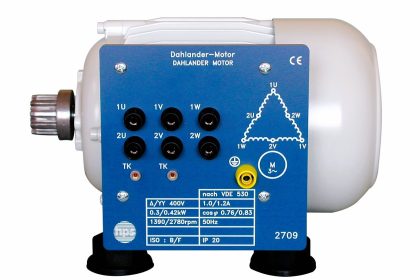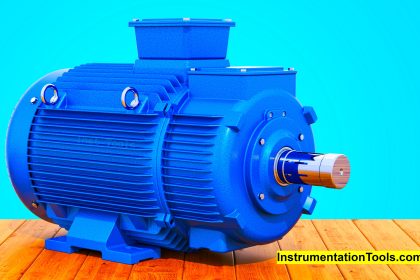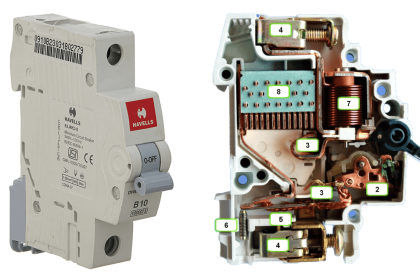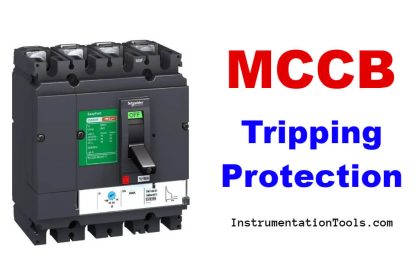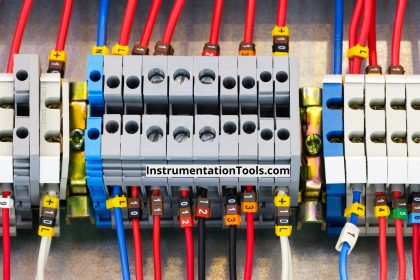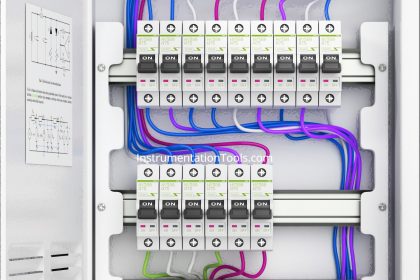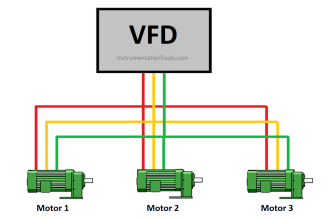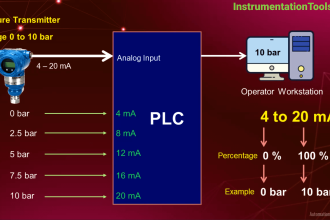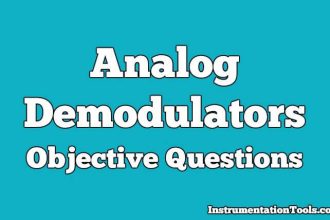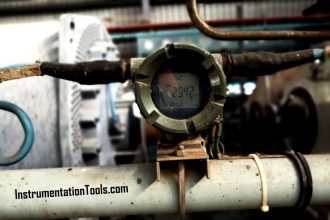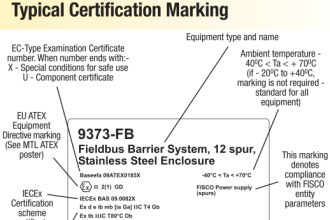Pressure monitoring is essential for any system to function properly. Otherwise, there are high chances of either the pipeline bursting or any device malfunctioning, due to improper media flow. Pressure changes are not acceptable in any system, and one of such critical sectors is HVAC.
In HVAC, be it an AHU or a chiller, pressure monitoring of the refrigerant gas also plays a very important role for the safe functioning of devices. Two such sensors used widely for pressure monitoring are low-pressure switch and high-pressure switch. In this post, we will see what HP and LP switches in HVAC.
What is the HP switch?
The HP switch is nothing but a high-pressure switch. Let us explain this concept with a simple water system. There is a pump that discharges water, and if the pressure of the water increases on the discharge side, then it can cause an issue in the pipeline and the next successive devices.
The same concept is used here in HVAC. The refrigerant gas pressure is monitored in the discharge line of the compressor. So, to monitor this pressure change, an HP switch is used in the discharge line of the compressor.
There are many reasons for the pressure to increase in the HVAC, like clogged condenser lines, clogged filters, or failure in any system like condenser or evaporator. These all block the flow of refrigerant gas and start to increase its pressure in the discharge line. A psi value is set inside the switch (usually above 350 psi). When pressure exceeds this set value, the switch opens the circuit and breaks the electrical supply. This can be done by either wiring it directly into the electrical circuit or providing it as a digital input to the PLC.
The controller logic will be written accordingly to cut off the system working as a critical alarm. Due to this, the compressor will be saved from any further damage.
The working inside the pressure switch is as simple as a normal switch. When the pressure increases beyond a threshold, it starts to push a mechanical contact inside. This contact then changes state from NC to NO or vice-versa. Due to this, the circuit designed accordingly will trip as the contact has changed now.
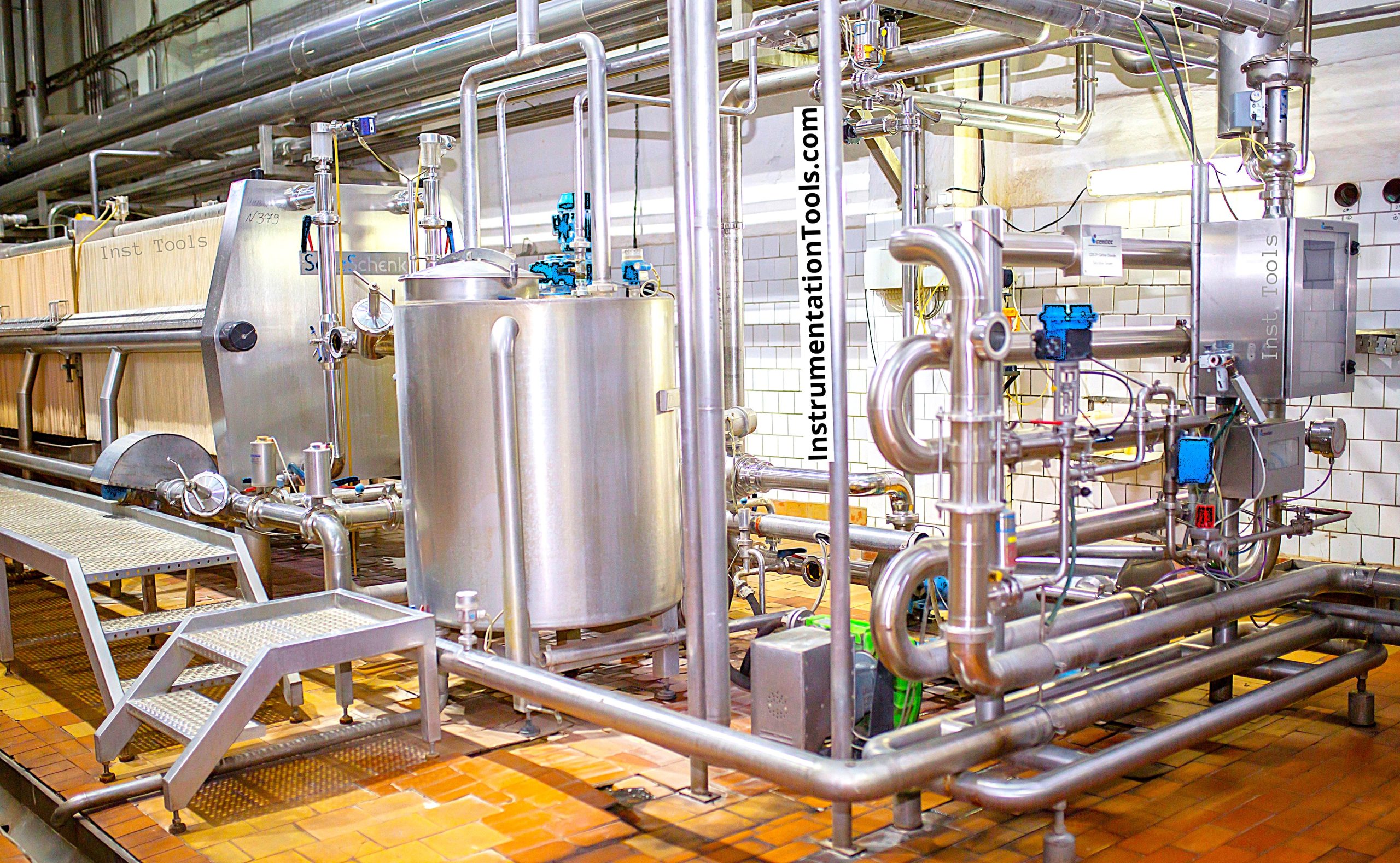
What is the LP switch?
LP switch is the opposite of an HP switch. LP stands for low-pressure switch and we will explain this too with our water concept. The pump gets water in the suction and draws water from that point. If the water pressure is low, then the pump will run dry and destroy its internal bearings, as the temperature will increase rapidly.
Similarly, in HVAC, compressors cannot run at low suction pressure. Because this means that the incoming media is in a more liquid form and not vapor form. This will destroy the internal windings of the compressor due to overheating (because the incoming gas must be in sufficient pressure so that it maintains its gaseous form and works inside the compressor properly). So, to monitor this pressure change, an LP switch is used in the suction line of the compressor.
Some reasons for low pressure in the suction line may be a clogged expansion valve, clogged liquid line solenoid valve, clogged heat exchanger or evaporator line, leakage in the pipeline resulting in a short amount of gas, or low gas charge. These all block the flow of refrigerant gas and start to decrease its pressure in the suction line. A psi value is set inside the switch (usually below 50 psi).
When the pressure goes below this set value, the switch opens the circuit and breaks the electrical supply. This can be done by either wiring it directly into the electrical circuit or providing it as a digital input to the PLC. The controller logic will be written accordingly to cut off the system working as a critical alarm. Due to this, the compressor will be saved from any further damage.
The working inside the switch is as simple as a normal switch. When the pressure decreases beyond a threshold, it starts to push a mechanical contact inside. This contact then changes state from NC to NO or vice-versa. Due to this, the circuit designed accordingly will trip as the contact has changed now.
Different refrigerant gasses have their evaporating and working pressure. Setting these pressure switches requires detailed knowledge and technical specifications according to the gas used. The final purpose is to protect the crankcase and electrical windings of the compressor. There are also dual switches available, where the single unit box will have both the low and high pressure switches.
In this way, we saw the concept of HP and LP switches in HVAC.
Read Next:
- HVAC Heat Transfer Loops
- Automation used in HVAC
- HVAC Objective Questions
- HVAC Chiller Maintenance
- HVAC Engineer Tips & Tricks
